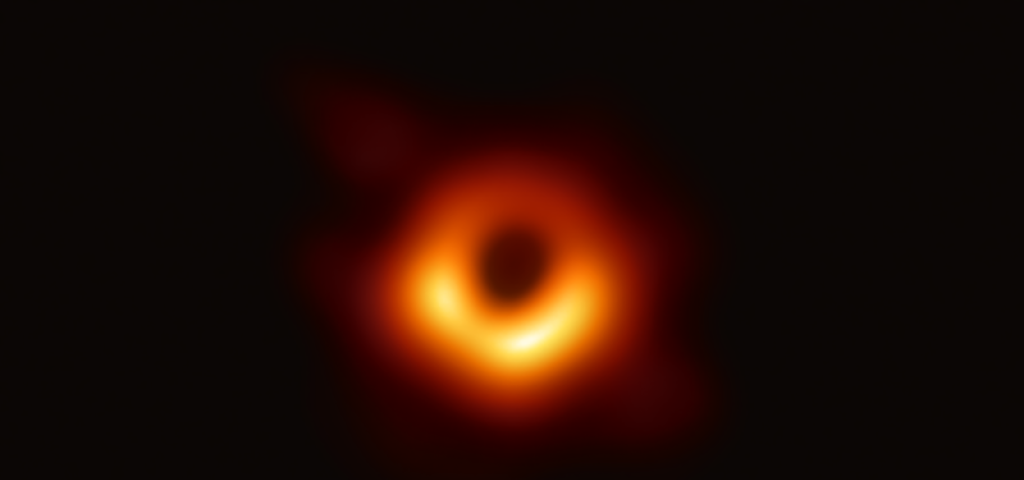
The First Image of a Black Hole

This week, the world had a first view of the ground-breaking discoveries brought forth by Event Horizon Telescope (EHT) – an international scientific collaboration aiming to create a virtual Earth-sized telescope. The images of the event horizon of a black hole were constructed from data gathered by observatories all over the globe.
Since 2017, telescopes from Antarctica, Greenland, South America, North America, Hawaii, and Europe all synchronized their dishes to capture the first image of a black hole. This was later revealed to be the black hole in the center of the galaxy M87.
By linking together existing telescopes, the EHT created what is basically a new instrument with angular resolving power that is the highest possible from the surface of the Earth. The telescopes contributing to this result were ALMA, APEX, the IRAM 30-meter telescope, the James Clerk Maxwell Telescope, the Large Millimeter Telescope Alfonso Serrano, the Submillimeter Array, the Submillimeter Telescope, and the South Pole Telescope.
For this to be a reality, each telescope had to capture an enormous amount of data that needed to be combined to reveal the image of the center of the galaxy M87. “When the EHT sites are synchronized, their recordings can later be perfectly aligned in the same way that the mirror aligns the optical light,” the National Science Foundation explains in a video. Petabytes of raw data from the telescopes were combined by highly specialized supercomputers hosted by the Max Planck Institute for Radio Astronomy and MIT Haystack Observatory.
Why all this is fascinating from a software and technology point of view? Achieving this level of synchronization is astonishing, at a large scale with the EHT, but also with each individual site, and speaks to the value of standardization.
Take for instance the ALMA Common Software (ACS). ACS was designed to be a common full application framework, spanning the end to end needs of an Astronomical observatory, from the Telescope Control system to high-level data flow management. Using a common and homogeneous software architecture and infrastructure can make upgrades and maintenance reasonable, allowing for incremental development. The exact needs and requirements can be seen across industries where open architectures and standardization on a common platform are a great way of future-proofing systems.
Although the scientific community speculated over the discoveries for the last weeks, the EHT kept things under wraps, not releasing any details ahead of the announcement. Various press conferences around the world took place simultaneously across the globe celebrating the news. Common platform, collaboration unlocks great discoveries.
Click here for our news series that follows Wind River missions that are shaping the views of modern science.
*Photo credit: Event Horizon Telescope Collaboration

